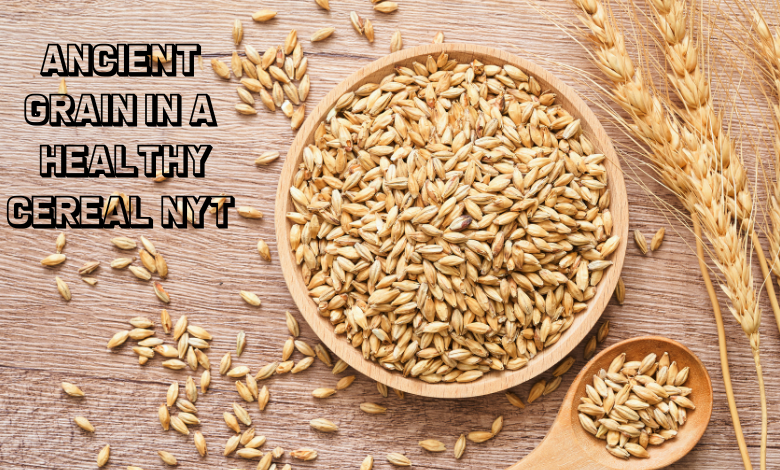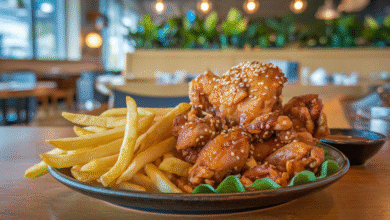Ancient Grain in a Healthy Cereal Nyt

Have you ever had a bowl of cereal that felt more like a sugar rush than a healthy breakfast? I know I have. For years, my mornings started with colorful boxes promising “energy” and “vitamins,” only to leave me feeling sluggish by mid-morning. But everything changed when I discovered cereals made with ancient grains. These powerhouse ingredients transformed not only my breakfast routine but also my energy levels, focus, and overall well-being.
If you’re wondering what makes ancient grains so special and why The New York Times has been buzzing about them, you’re in for a treat. Let me take you on a journey through these remarkable grains, and I’ll share how they can supercharge your mornings too.
What Are Ancient Grains?
Ancient grains are grains that have remained largely unchanged for thousands of years. Unlike modern refined grains, which are often stripped of their nutrients during processing, ancient grains are packed with vitamins, minerals, fiber, and antioxidants. Popular varieties include quinoa, farro, spelled, amaranth, and millet.
I first heard about ancient grains while flipping through an NYT article titled “Ancient Grain in a Healthy Cereal.” The writer described how these grains provide long-lasting energy and improved digestion. Skeptical but curious, I picked up a box of cereal featuring spelled and quinoa on my next grocery trip. That morning, I poured myself a bowl, expecting something bland. To my surprise, it was nutty, slightly sweet, and incredibly satisfying.
The Health Benefits of Ancient Grains
Ancient grains are nutritional powerhouses. They are rich in:
- Fiber: Helps improve digestion and keeps you feeling full longer. After switching to an ancient grain-based cereal, I stopped reaching for mid-morning snacks.
- Protein: Provides sustained energy without the sugar crash. My morning workouts became more effective when I fueled up with quinoa cereal.
- Vitamins and Minerals: Ancient grains are loaded with essential nutrients like magnesium, iron, and B vitamins, promoting heart health and stronger immunity.
I remember struggling with bloating and stomach discomfort for months. After adding Farro to my breakfast routine, my digestion improved significantly. It’s amazing how one simple switch can make such a big difference.
Choosing the Right Ancient Grain Cereal
Not all cereals with “ancient grains” are created equal. Some brands sprinkle in a few grains while still packing the box with sugar. Here’s what to look for:
- Check the Ingredient List: Make sure ancient grains are listed near the top.
- Watch the Sugar Content: Aim for cereals with less than 8 grams of sugar per serving.
- Go for Whole Grains: Whole quinoa, spelt, or millet should be key ingredients.
I love cereals that combine quinoa, flaxseed, and dried fruit for a perfect balance of crunch and natural sweetness.
Incorporating Ancient Grains into Your Breakfast
If you prefer to skip store-bought cereals, you can easily make your nutritious breakfast bowls. Here are some ideas:
- Quinoa Breakfast Bowl: Mix cooked quinoa with almond milk, a drizzle of honey, and fresh berries.
- Farro Porridge: Cook Farro in coconut milk and add cinnamon, nuts, and raisins for a warm, comforting breakfast.
- Millet Granola: Bake millet with maple syrup, nuts, and seeds for a crunchy topping over yogurt.
When I started experimenting with homemade recipes, I realized how versatile these grains are. Now, my mornings are filled with creative, nutrient-packed meals that keep me energized throughout the day.
Conclusion:
Switching to cereals with ancient grains changed my mornings for the better. No more sugar crashes, no more energy slumps — just sustained focus and a happy stomach. Whether you try a store-bought option or create your recipe, these wholesome grains are a simple way to improve your breakfast and boost your health.


